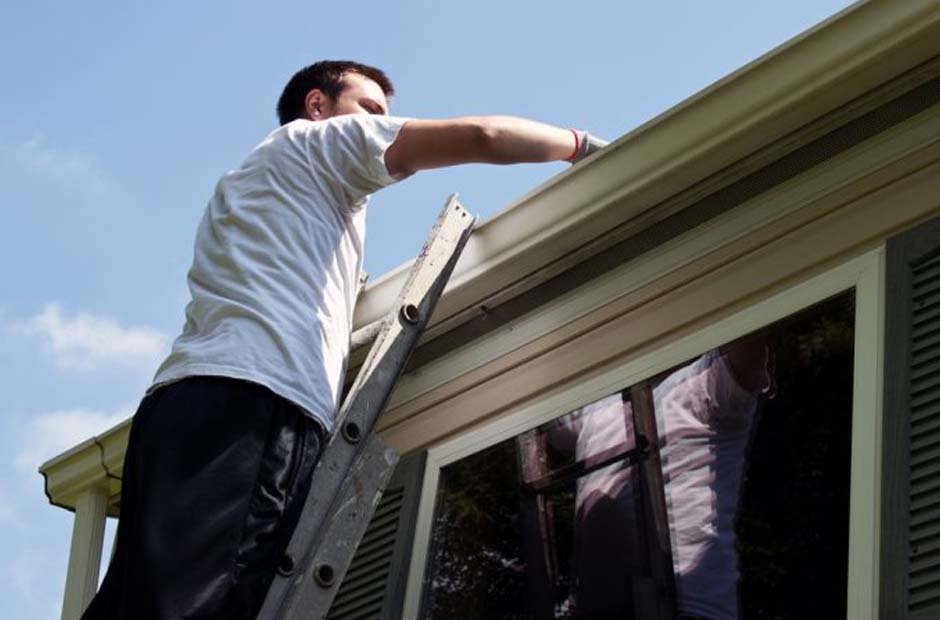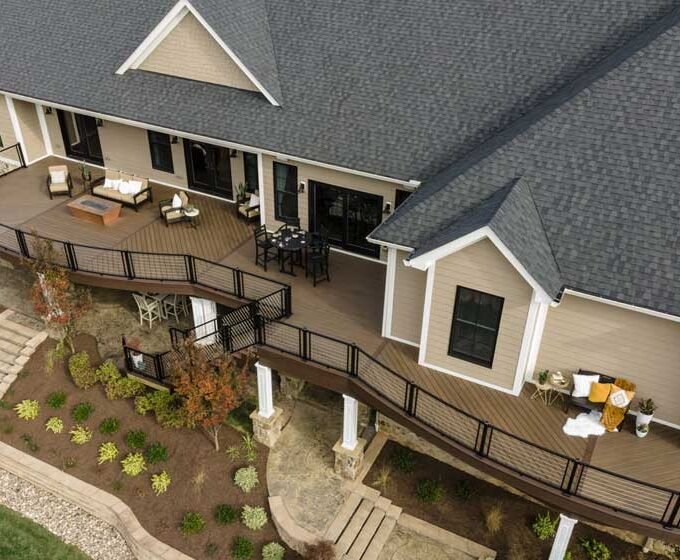In an era where the unexpected seems to be the only certainty, protecting our homes from natural disasters has become more important than ever. While we cannot prevent these forces of nature, we can certainly take steps to mitigate their impact. This guide dives into seven key renovations that can make your home more resilient against disasters. These upgrades not only safeguard your property but also provide peace of mind in turbulent times. As the climate continues to change, the frequency and severity of these natural disasters are expected to rise, making these renovations not just an investment in your property, but in your safety and security as well. It’s about turning vulnerability into strength, ensuring that your home can stand tall against storms, quakes, and fires. Taking proactive steps today can prevent devastating losses tomorrow.
Structural Reinforcement
Imagine your home as a steadfast fortress. The foundation of this fortress needs to be solid enough to withstand whatever nature throws its way. Earthquake retrofitting, foundation bolting, and strengthening the connections between walls and roofs are pivotal. These measures help ensure that your home can stand up against violent shakes and strong winds. Consulting with a structural engineer can provide a tailored solution to enhance your home’s resilience. This upgrade is particularly crucial in areas known for seismic activity or high winds, where the forces of nature can test the limits of any structure. By reinforcing the skeleton of your home, you not only protect your property but also ensure the safety of everyone inside. Remember, the strength of your home starts with its foundation.
High-Impact Windows and Doors
Windows and doors are the eyes and the mouth of your home, offering a glimpse of the world outside. However, they can also be vulnerable points during a storm. Installing high-impact windows and doors fortifies these openings against high winds and debris, acting as a shield that keeps the elements at bay. The investment in these durable materials ensures that the beauty of your home remains intact, even when nature shows its might. Not only do these installations protect against physical damage, but they also add an extra layer of security against break-ins, making them a dual-purpose upgrade. With advancements in technology, these windows and doors can also improve energy efficiency, reducing your heating and cooling costs. It’s an upgrade that not only makes your home safer but also more comfortable and cost-effective.
Metal Roofing
The roof over your head does more than keep you dry; it serves as the first line of defense against harsh weather. Metal roofing, with its durability and longevity, stands as a champion in this role. Its ability to withstand high winds, hail, and even fire makes it a prime choice for a disaster-resilient home. A renowned metal roofing company can offer a variety of styles and colors, allowing you to customize your home’s protection without compromising its aesthetic appeal. The reflective properties of metal roofing can also improve your home’s energy efficiency by deflecting the sun’s rays, reducing the need for air conditioning during hot months. Furthermore, metal roofs are environmentally friendly, often made from recycled materials, and fully recyclable at the end of their life. This makes metal roofing not only a wise choice for disaster resilience but also for those looking to reduce their environmental footprint.
Water-Resistant Flooring and Walls
Water: a source of life, yet a potential cause of destruction within the home. The selection of water-resistant materials for your floors and walls is not just a precaution; it’s a necessity in areas prone to flooding or heavy rains. Materials like ceramic tile, concrete, and specially treated wood can endure water’s embrace without succumbing to damage. This upgrade is particularly wise in basements and ground-level rooms, where water likes to make an unwelcome entrance. Choosing the right materials can also prevent the growth of mold and mildew, which can cause health issues and damage to your possessions. Additionally, these materials are often easier to clean and maintain, making them ideal for busy households. Upgrading to water-resistant materials is not only a step towards disaster resilience but also towards a healthier, more durable home.
Fire-Resistant Materials
Wildfires remind us of nature’s fury, encroaching on homes with little warning. Incorporating fire-resistant materials in your home’s exterior can be a game-changer. Non-combustible siding, decking, and roofing materials act as a barrier against the flames, buying precious time when every second counts. These materials do not guarantee immunity, but they do offer a fighting chance against the rapid spread of fire. This defense is particularly important in regions prone to wildfires, where such materials can be the difference between minor damage and total loss. In addition to external materials, installing smoke detectors and fire sprinklers inside your home can further enhance your safety. Fire-resistant landscaping, free from highly flammable plants and materials, can also serve as an additional buffer zone around your property.
Flood Barriers and Landscaping
Water’s path is not always predictable, but with strategic planning, you can guide its flow away from your home. Flood barriers and thoughtfully designed landscaping can serve as a moat around your castle. Whether it’s installing proper drainage systems or shaping the land to divert water, these measures can significantly reduce the risk of water intrusion. It’s a blend of engineering and nature working together to protect your sanctuary. Adding rain gardens, swales, and permeable pavements can absorb or redirect excess water, minimizing the chance of it entering your home. Native plants with deep root systems enhance soil stability and manage rainwater runoff effectively. Strategic placement of trees and shrubs can act as natural windbreakers, offering additional protection against storm winds. Creating a landscape that is both beautiful and functional can transform your property into a resilient oasis.
Backup Power Solutions
The aftermath of a disaster often leaves us in the dark, literally. A reliable backup power solution, like a generator or a solar-powered system, ensures that your home remains a beacon of light and warmth when the grid fails. Selecting the right system requires considering your energy needs and the most common types of disasters in your area. It’s about ensuring that life can go on, even when the world outside seems to pause. Solar panels paired with battery storage can provide a sustainable and environmentally friendly option, offering power even during extended outages. Regular maintenance of your backup system ensures its reliability when you need it most. Integrating smart technology allows for more efficient energy use, keeping critical systems running without wasting power. Investing in a backup power solution is not just about convenience; it’s about resilience, enabling your family to maintain a sense of normalcy during the most challenging times.
Conclusion
The journey to making your home disaster-resilient is both a challenge and a necessity. These seven key upgrades offer a starting point for homeowners looking to fortify their properties against the unpredictable. Remember, the goal is not just to survive but to thrive in the face of adversity. As we face the realities of a changing climate and increasing natural disaster risks, taking proactive steps to protect our homes becomes an essential part of planning for the future.
Consulting with professionals, including structural engineers, renovation specialists, and a trusted metal roofing company, will ensure that your efforts are well-placed. Their expertise can guide you through the process, ensuring that each upgrade contributes to a comprehensive strategy for disaster resilience. Together, we can create homes that stand strong against the forces of nature, safeguarding our families, our memories, and our future.
















